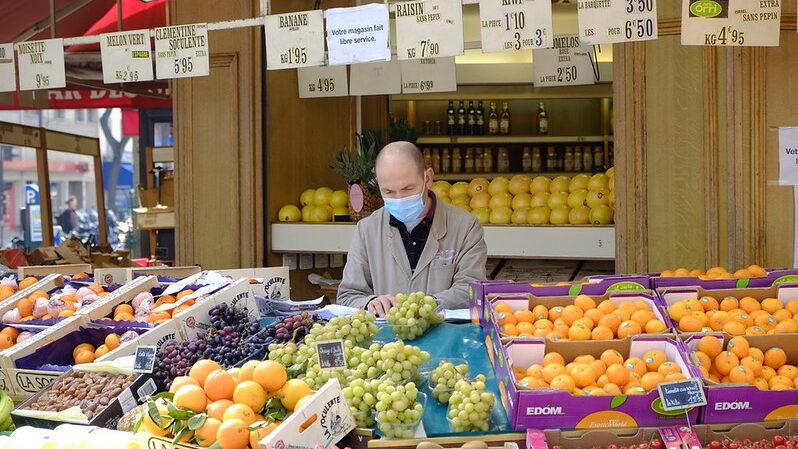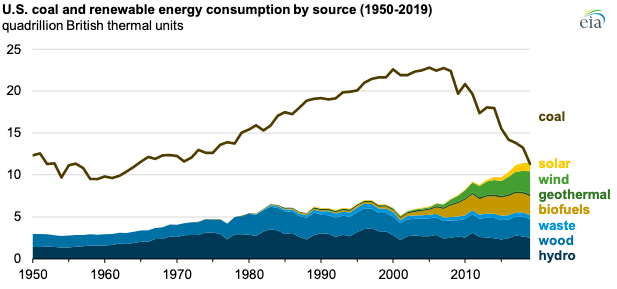
An innovative new technique could produce 35% more Solar Energy - Are You Adopting Clean Technology?
How does it sound if you could generate 35% more solar energy and reduce the electricity cost by 16%? Well, I would take it. More energy for you to consume and you pay 16% less, sounds like a good deal to me.
A recent research published in a scientific journal - Joule by scientists in Singapore presented an innovative new solar panel technology that helps produce more energy. Traditionally, solar panels that absorb solar light are single faced and static. This new innovative tech allows solar panels (solar energy system) to receive light from two sides instead of one. And, as opposed to traditional solar power systems that are rigid, this new technology allows the solar panel system to tilt on a single axis. The flexibility option allows the power system to follow and face the sun to maximize energy production.
Compared to the solar power system, this new technology produces 35% more energy and may reduce the average cost price by 16%.There are research efforts that are targeting the efficiency of energy production per unit of solar photo-voltaic cells. The combination of energy efficiency per unit plus the maximization of the total area of the solar power system could be the next gen energy efficiency technique.
"The results are stable, even when accounting for changes in the weather conditions and in the costs from the solar panels and the other components of the photovoltaic system, over a fairly wide range,"
"This means that investing in bifacial and tracking systems should be a safe bet for the foreseeable future."
Carlos Rodríguez-Gallegos, Lead Scientist, National University of Singapore
The efficiency of these innovating solar power systems could bring tangible economic benefits in a large scale solar farming and to each household units as well. It is tough to see mass adoption of this technology as the mainstream solar power systems are not yet ready. Hopefully we can see this flooding the market in the near future. For now, we can be content knowing the fact that new technological innovations are happening and could eventually provide tangible options for users to rely on 100% clean technology.
"As long as research continues to take place, the manufacturing costs of these materials are expected to keep on decreasing, and a point in time might be reached when they become economically competitive and you might see them on your roof,"
Here is a link to the original article :
Carlos D. Rodríguez-Gallegos, Haohui Liu, Oktoviano Gandhi, Jai Prakash Singh, Vijay Krishnamurthy, Abhishek Kumar, Joshua S. Stein, Shitao Wang, Li Li, Thomas Reindl, Ian Marius Peters. Global Techno-Economic Performance of Bifacial and Tracking Photovoltaic Systems. Joule, 2020;
DOI: 10.1016/j.joule.2020.05.005









Comments